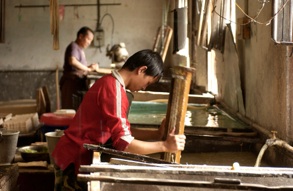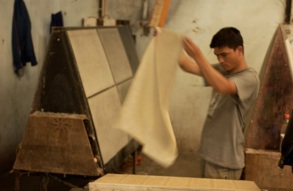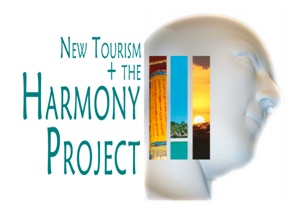

The new (1961) national capital of Thimphu now has about 95,000 residents, twice what it was 10 years ago. The city was getting ready for the fifth king’s coordination; the national stadium (photo above) along the river, and supreme court (to its right) now all polished, along with the Paro-Thimphu road.
-
 The political capital of Bhutan hosts numerous resources for the Living Museum: traditional medicine institute, art schools, Royal Bhutan University, artists and museums.
The political capital of Bhutan hosts numerous resources for the Living Museum: traditional medicine institute, art schools, Royal Bhutan University, artists and museums.
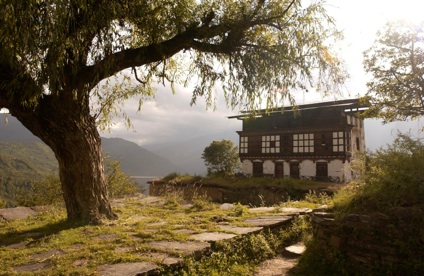
Located about an hour and a half east of Paro on the (renovated) Coronation Highway, a Phase Two secondary destination could be Dasho Karmo Letho’s family estate with spectacular views and nearby rice fields.
Thimphu
Taj Tashi Thimphu Hotel
After four years of construction the Taj hotel is finally getting started with six months of soft opening, just in time for the Coronation. The exterior is one of the best examples of high rise Bhutanese architecture, the interiors look like 1980 Hyatt Regency flat-black, white and muted colors. Unfortunately for the Taj management contract holders, the interior could be just about anywhere. This hotel has the largest modern convention/banquet facilities.
< web link >
Modern high-rise luxe hotel Modern flat-black guestrooms
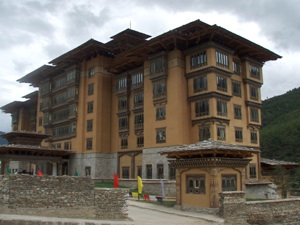

Night fire place outside ballroom Western Tub
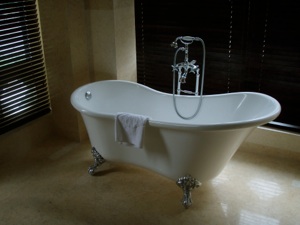
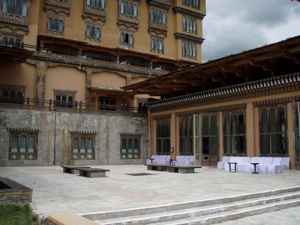
Travel Market Benchmarks
Only the new Taj Thimphu and Amankora Thimphu are luxury class hotels. The Harmony Project does not see any point in establishing a Thimphu destination in the first or second phase of development. Although there are plenty of Thimphu attractions, there are few that are experiential and thus not a real pull for the New Tourist.
We suspect the New Tourist will bypass Thimphu (or they have already ‘done it’ on a previous visit) and proceed on to Punakha.

Folk Heritage Museum
Excellent example of a Bhutanese farmhouse. Now used as an exhibition for traditional arts and crafts.
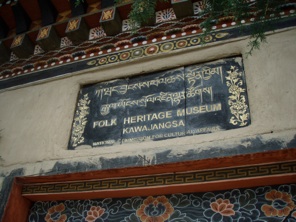
Exhibition area
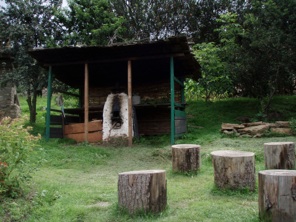
Traditional Bhutanese bath
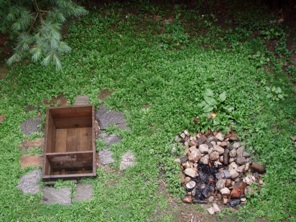
Farmhouse exterior
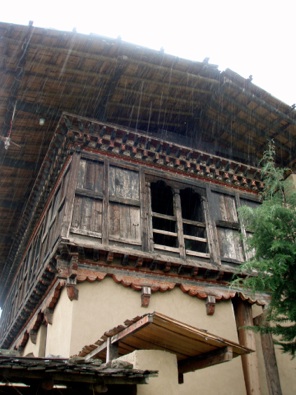
Traditional Medicine Institute
A lot of time will be saved working with this 30 year old institution to develop the integrated medical clinics, phyto medicines, human capital and the obligatory lotions and potions. National policy has established integrated hospitals and clinics nation-wide. No private clinics currently exist. TMI may assist with this first-time initiative.
Acupressure with gold and silver heated blunt needle.
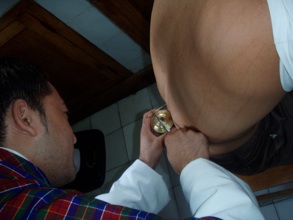
Pressure points.
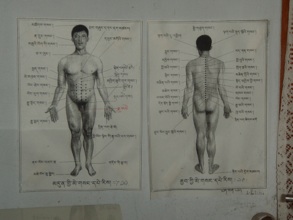
Dispensary of traditional medicine with prayer wheel in the waiting area.

Library containing old medical texts of Bhutan to rival the vedas.
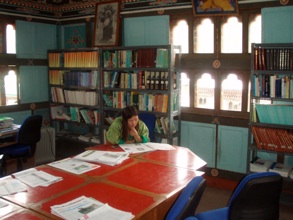
Zorig Chusum
Traditional Arts School
The state labor and human resources department created this trade school to advance the ’13 traditional arts’ for the purpose of reestablishing the arts as the monastic community’s efforts seems to be waning. Most graduates (about 120 students now enrolled) from this 30 year old school are engaged in building painting or tourist art. Nonetheless there may be opportunities to network artists for the artist-in-residence program.
< web link >
Ceramic class
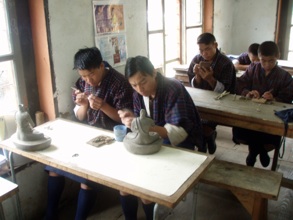
Painting class

Ceramic figure drawing principles and tools
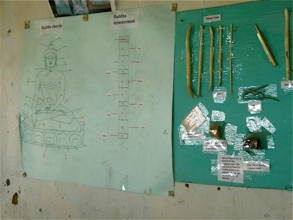
Completed figures in various stages

Annual student art show
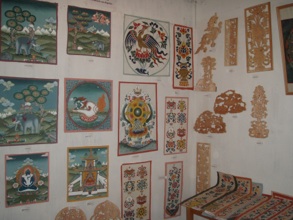
Choki Traditional Arts School
A ten year old private art school specializes in only three arts, wood carving, ceramics and painting. The school is constructing a girls dorm and more classrooms to advance the objective of helping disadvantages youths to become attain a likelihood. The large paintings for the Smithsonian Folkfestival lhakhang was commissioned from this school. Only 5 of the 100+ students have completed the seven year program, most electing to begin a living wage early.
< web link >

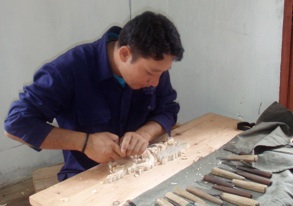
National Textile Museum
A collection of royal and common garments and wall hanging.


Slide Show

